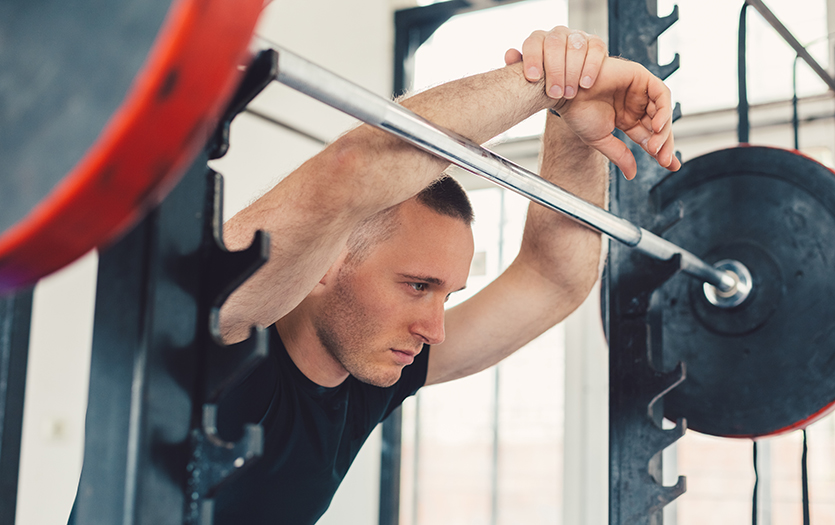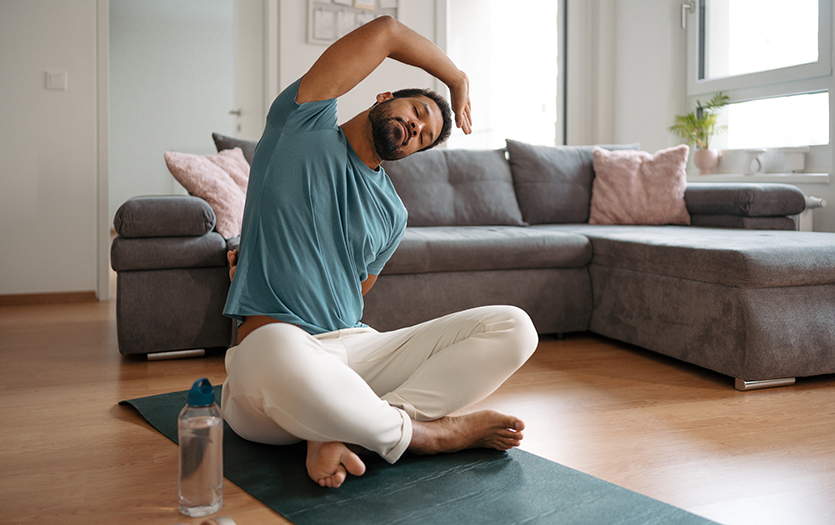
Walking is one of the easiest and inexpensive activities out there. It can offer numerous health benefits to people of all ages and fitness levels while easily fitting into the busiest of daily routines. For this reason, we turn to Lauren Waterman, MS, LAT, ATC, athletic trainer, Parkview Sports Medicine, for more on the benefits of walking plus helpful strategies to incorporate more of it into your day.
Walking vs. running
Walking and running use similar biomechanics, but running produces more force through the body. Running requires a more significant amount of energy to produce the movements, so there will be a greater caloric expenditure with running. Although running burns more calories than walking, it is important to know your beginning fitness level. Running can be harder on your joints and more likely to cause injury, so understanding your starting point can help determine whether you should begin with only walking or a walk-run combination.
Steps per day
According to the Mayo Clinic, your goal should be 10,000 steps a day. Currently, the average American walks only 3,000 to 4,000 steps a day, roughly 1.5 to 2 miles. Not every person can reach the goal of 10,000 steps right away, but there are ways to get there. Begin by recording the number of steps you take on a typical day. Then, try to incorporate more walking into your daily activities and increase your steps by 1,000 every two weeks. This threshold is important because the U.S. Department of Health and Human Services recommends 150 minutes a week of moderate-intensity exercises, such as brisk walking. Taking 10,000 steps a day is a great way to reach the recommended 150 minutes of exercise each week. The ultimate goal is to move more and promote a healthy lifestyle.
Ways to incorporate more walking into your routine
If you’re unsure of how to incorporate more walking into your everyday activities, try starting with a few of these strategies to get the ball rolling:
- Park farther away: Whether you’re going to work, the store, or even the gym, try parking farther away from the entrance. This will force you to take more steps before entering and exiting the building.
- Take the stairs: Choose the stairs instead of the elevator whenever possible. Walking up and down the stairs is not only a great way to elevate your heart rate but also an excellent way to increase the number of steps you take in a day.
- Take frequent breaks: Try taking a few breaks during the day to get up and walk. If the weather is nice, you could utilize sidewalks around the building or even get your steps in the parking lot. It may also be helpful to set the alarm on your phone to remind you to get up and move.
- Make it a family affair: Take a family walk around a park or your neighborhood. Not only does this benefit you, but it will benefit your children by becoming more active.
The importance of physical activity
Physical activity and daily exercise can improve your health and reduce the risk of developing several diseases while fighting against chronic diseases and is a crucial component for healthy aging. Engaging in physical activity can have many long-term health benefits, including but not limited to:
- Lowering your risk of high blood pressure and stroke
- Improving your sleep
- Improving your cognitive function and delay the onset of mental decline
- Reducing anxiety and improving other mental health conditions
- Reducing arthritis symptoms
- Preventing weight gain
- Reducing your risk of falling
- Improving your aerobic fitness, balance and joint mobility
- Extending your years of an active life
- Helping prevent bone weakness and muscle loss



